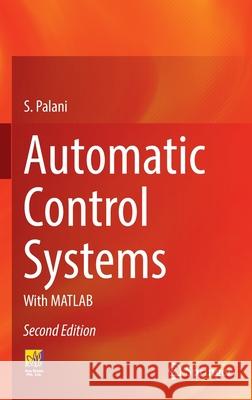Automatic Control Systems: With MATLAB » książka
topmenu
Automatic Control Systems: With MATLAB
ISBN-13: 9783030934446 / Angielski / Twarda / 2022 / 930 str.
Automatic Control Systems: With MATLAB
ISBN-13: 9783030934446 / Angielski / Twarda / 2022 / 930 str.
cena 563,56
(netto: 536,72 VAT: 5%)
Najniższa cena z 30 dni: 539,74
(netto: 536,72 VAT: 5%)
Najniższa cena z 30 dni: 539,74
Termin realizacji zamówienia:
ok. 22 dni roboczych
Dostawa w 2026 r.
ok. 22 dni roboczych
Dostawa w 2026 r.
Darmowa dostawa!
Kategorie:
Kategorie BISAC:
Wydawca:
Springer
Język:
Angielski
ISBN-13:
9783030934446
Rok wydania:
2022
Ilość stron:
930
Waga:
1.45 kg
Wymiary:
23.39 x 15.6 x 4.93
Oprawa:
Twarda
Wolumenów:
01
Dodatkowe informacje:
Wydanie ilustrowane











